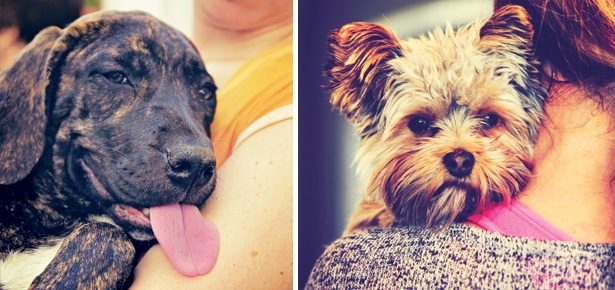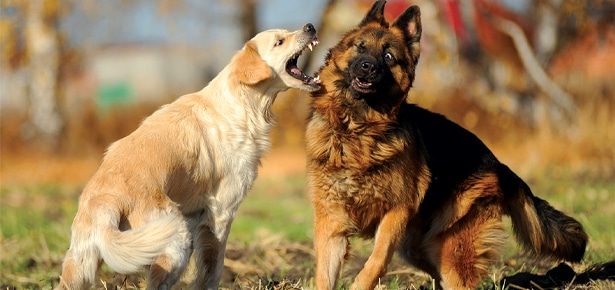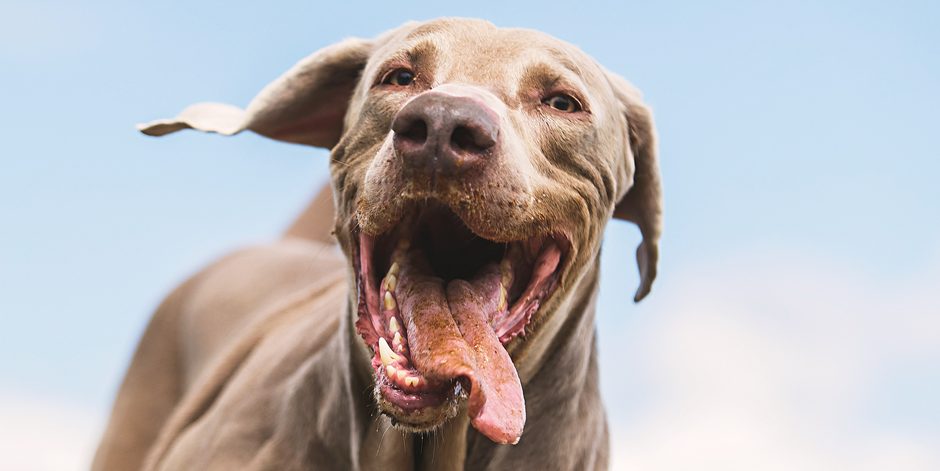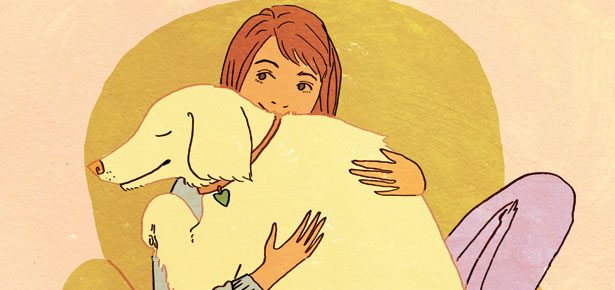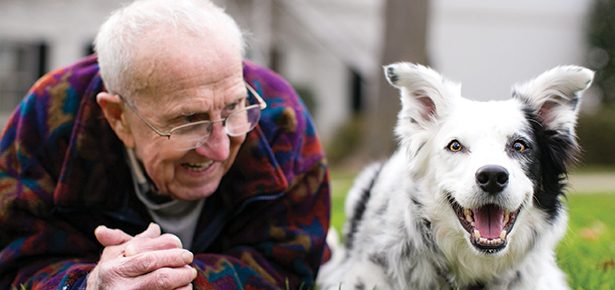
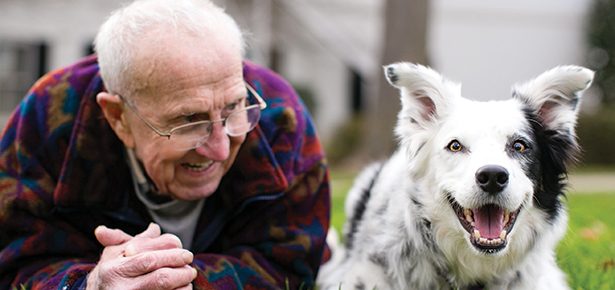
Build Your Dog’s Vocabulary
Unlock your dog’s genius: an interview with Dr. John W. Pilley, author of Chaser: Unlocking the Genius of the Dog Who Knows a Thousand Words
Our dogs are capable of understanding and learning so much more than they are frequently given credit for. Take, for instance, retired psychologist and author Dr. John W. Pilley’s dog Chaser, who has memorized the name of each one of her 1000 toys and can retrieve them on command. And that’s just for starters. Chaser has moved on to demonstrating an understanding of full sentences and the ability to learn behaviours by imitating her trainer. But amazingly, Chaser isn’t unique. Yes, this is a remarkable duo; Chaser is a Border Collie, a breed known for its smarts, and Dr. Pilley is an emeritus professor of psychology, but Dr. Pilley’s training methods can be put to use by anyone. The lessons and training principles—such as incorporating learning into play and channeling your dog’s natural drives—found in his fascinating book “Chaser” can definitely be applied to your own dog.
Dubious? Think of the vocabulary your dog has picked up largely by osmosis. My dog Chewy can be in another room and if I voice a query like “should I add cheese to the salad?” she’ll come running unbidden, picking out that word, delivered without any intonation indicating its import, from the rest of the repast-making chatter. At the office, she also understands that “come on up” spoken into the phone means the imminent arrival of a courier to be greeted with a round of barking. And many of us spell out the word “walk” to tamp down the pre-excursion enthusiasms its sparks.
If dogs can self-teach words of interest to them, imagine what knowledge you can impart with a little effort. If you’re willing to devote a bit of time, I’m pretty sure your dog will soon be showing off for guests by plucking an individual toy from a pile when asked to grab that particular one by name. Yes, this is amusing but also a service to your best friend; dogs are smart and, like most of us, like to be challenged. To help you get started, we asked Dr. Pilley a few questions about where and how to begin building your dog’s vocabulary and understanding of language. Phase two? Teaching your dog categories of things, like trees. Yes, it’s possible. Read on…
MD: First of all, I loved your book. I think so many people underestimate what their dogs are capable of doing and learning. I can imagine it’s going to inspire a lot of people to work on their dog’s understanding of language. What are some of the positives that come of incorporating learning into play?
JWP: Play is an instinctive behaviour, like chasing a ball and running. Those activities are innately reinforcing and hugely satisfying for your pet. It is my belief that most dogs are very similar to toddlers and never get tired of playing; whereas they do satiate on food, which can possibly lead to unhealthy eating habits. Play also makes it fun and joyful for you and your dog, enabling your pet to learn without stress.
MD: Can anyone teach a dog vocabulary?
JWP: The answer is yes, if the owner will learn how to use positive reinforcement. This is the key and golden rule. Your dog is absolutely listening to you; we have all witnessed our pets organically understanding household words like “walk,” “go,” and “treat.” Simple utterance of these words can bring on wags and wiggles of excitement from Rover, once again shining the light on positive reinforcement and play. How many times have you had to resort to spelling a word because your dog loves it or hates it so much. You know what I’m talking about, “We are going to the V – E – T!” And eventually, they figure that out too!
MD: What training arsenal should one arm oneself with?
JWP: Without sounding like a broken record, primarily positive reinforcement! Secondly and equally as important, identify what the instinct of your dog is. Every dog is blessed with his own type of genius. By observing their natural behaviours, you can tap into that instinct and nurture it to train your beloved pet. It could be cuddling, hunting, digging or swimming, and if you pay attention, their bliss will become very obvious.
Chaser’s instinct as a Border Collie is to herd and to listen to words. Border Collies have been bred for hundreds of years to “give their eye to the sheep and ear to the farmer” which is why she made such a great canine research partner to teach human language. Most importantly, have a bucket full of patience and let the puppy be a puppy. The recipe is equal parts of nature and nurture. You must nurture the nature.
MD: Can you summarize how to get started teaching a dog names for objects?
JWP: Yes, very, very simply, one object at a time. Start with your dog’s favourite toy and play with that one object while giving it a name. What you are doing is associating the object with play, therefore giving the object value to your dog. Once the object has value, the name of the object will take on value for your dog. We did this with Chaser when she was just two months old, introducing her to “blue” which was a ball. For three days we would play with “blue,” constantly repeating the name. I would have her fetch “blue,” catch “blue,” find “blue.” When I would ask her “where is blue?”, it would be the only toy on the floor, making it impossible for her to make a mistake. As we repeated this with lots of toys, she quickly began to catch on, finally having that “aha moment” and understanding that her toys had names. She now can learn the name of a person, toy or object in one trial. However, for her to keep it in her working memory, we have to play with it!
MD: If you are working with your dog and have two named objects and your dog retrieves the wrong one, how should you convey to your dog that they got it wrong?
JWP: I like this question a lot and the answer has a couple of layers to it. In my work with Chaser, I have been very strategic in taking away the negative connotations of the word “no.” She has learned that “no” simply means to stop whatever it is she is doing, and “yes” means to continue, so that when she hears “no” there is no anxiety attached to it. This is super important, because dogs can definitely sense, hear, and see our frustration and disappointment and they genuinely feel bad, which not only affects their performance, but takes the fun out of the game. Gently using “no” to guide your dog in the proper direction as well as using an enthusiastic “yes” when they are getting close is perfectly acceptable. Chaser loves using these cues for a game of “hot and cold.” That being said, I would first suggest you take a step back, starting over with just one toy on the floor and continue rehearsing that word and object until your dog is confident. Most times, when your pup isn’t remembering a name, the value of the object has not been well established with play. Start with toys your pet loves.
MD: Once a dog can distinguish one toy from another by name, what is the next step to take the dog’s learning to the next level?
JWP: Ah, many other things! But if you keep working with your dog and teaching more and more names, hopefully and eventually your dog will catch on to the concept, like Chaser did, that objects have names. Then the door swings wide open and your dog will learn what the words refer to. For instance, when I hold up an object, point to it and say “This is Santa Claus,” Chaser understands that the words I say refer to that object.
Hence, she learns two things; that objects have names, and pointing to the object is a cue to help her refer to the object. This is a jumping off point for teaching the concept of categories that your dog can understand as well, like trees (anything outside that is tall with leaves), ball (anything fast and bouncy), and treats (yummy things to eat). Chaser has over 30 Frisbee’s and understands that anything that is round, flat, and flies through the air is a Frisbee. She also knows their individual names. Your dog probably already uses this concept on a very basic level. Very similar to toddlers.
MD: At the outset, are their any key indicators of eventual success, like a dog’s breed, personality or age?
JWP: Well, success is of course relative, but the earlier you start with a pup, the more success you will likely have. As I mentioned before, certain breeds have distinctive gifts and Border Collies have been bred to listen to the farmer. One thing that is very clear: you will never find a more willing and accepting partner in crime than your dog. The more you are able to communicate with your dog, the better they are able to communicate with you which enriches both of your lives. Chaser is now a master at communication as well as manipulation and uses them daily to gain as much attention and play as humanly possible. If she can’t engage me to play, she goes next door to find the three year old who is always ready for a round of tag. Game on!
Join the newsletter and never miss out on dog content again!
"*" indicates required fields
By clicking the arrow, you agree to our web Terms of Use and Privacy & Cookie Policy. Easy unsubscribe links are provided in every email.
